When looking for roof insulation, one can easily become overwhelmed with the wide variety of options available today. So, it's helpful to know a little bit about each type to make an informed decision. You'll be happy to know that we've done a bit of research to help you do just that. In this post, we'll discuss several roof insulation options to help you find the best one for your home.`
Roof insulation can vary in material, thickness, and installation, amongst other things. Here are the most common types of roof insulation used today:
- Blanket (Rolls/Batts)
- Concrete Block Insulation
- Rigid Foam Panels
- Concrete Forms Insulation
- Radiant Barriers
- Rigid Fiber Board
- Sprayed-Foam
- Structural Insulated Panels
- Glasswool
- Polyester
- Cellulose
- Rockwool
- Sheep's Wool
As you can see, there are several types of insulation from which to choose. Let's discuss each of these in a bit more detail.
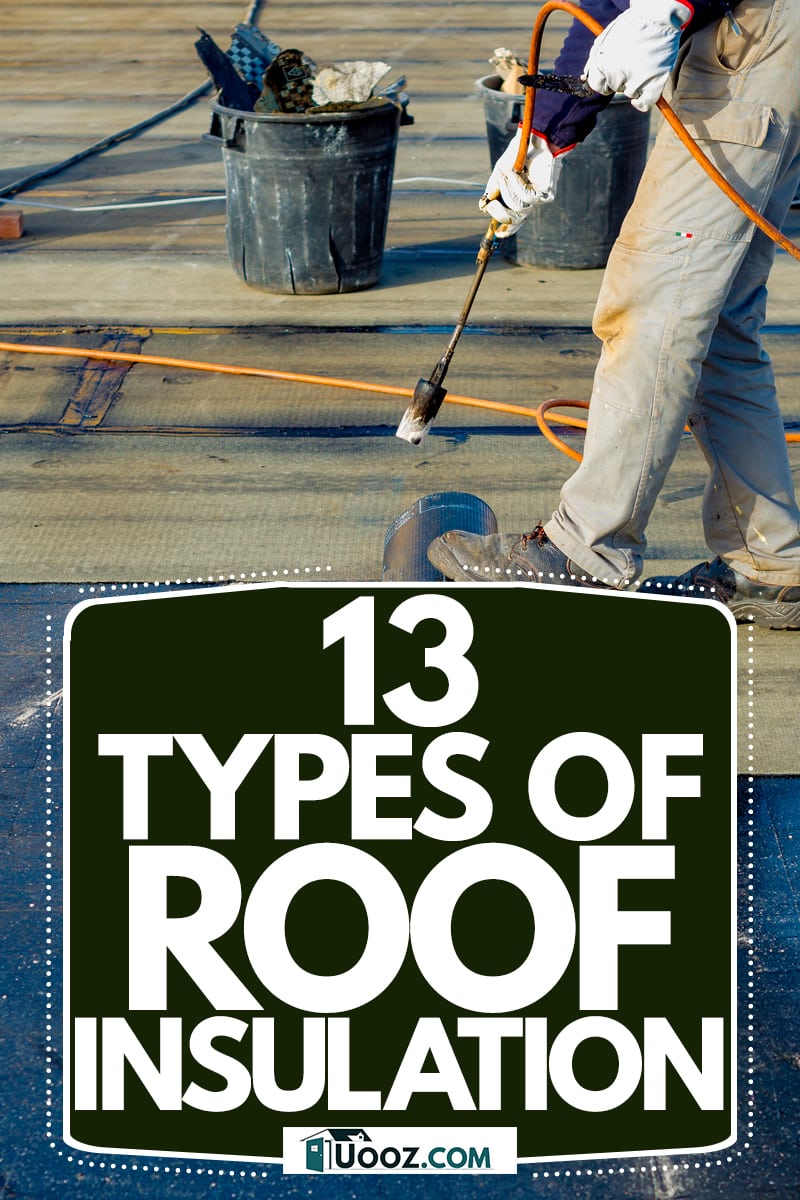
Blanket (Roll/Batt)
Blanket insulation is the most common insulation purchased today, as it's the most budget-friendly and easiest to install. It's is also commonly referred to as "roll" or "batt" insulation. The only difference between the two is that batts come in precut pieces, whereas rolls are sold in long blanket rolls ranging between 20- to 40-feet in length. Blanket insulation can cost anywhere from $0.67 to $1.32 per square foot.
Its thickness may vary but can range anywhere from 3- to 8-inches. Rolled insulation can be made from several materials, including sheep's wool, plastic fibers, glass fibers, cotton, and mineral wool. Another benefit that makes it the go-to choice for most homeowners is that it can be installed without a technician's help.
Installation simply requires placing the rolls or batts between the framing and joists. Blanket insulation is also good at reducing outside noises and dampening sounds between the different rooms in a home. When installed properly, blanket insulation can offer a very efficient way to keep your home at an optimal temperature throughout the year.
Check out this blanket insulation on Amazon.
Rigid Foam Panels
These types of panels can be used to insulate the roof of your home and other areas. They'll typically cost anywhere from $5 to $8 for a 4 x 8, 1/2-inch thick board, and the panels can be purchased at any home improvement store. Foam panels are commonly made from polyisocyanurate, polystyrene, or polyurethane.
These foam boards can be extremely effective at insulating your home, as they provide top-notch thermal resistance and can reduce heat conduction through structural components such as studs and metal framing. The panels are a great option for homeowners looking to add a layer of protective casing to areas such as attics or basements that may be more susceptible to water damage or mold. A DIY'er can certainly install them.
Radiant Barriers
Radiant barrier insulation is made of highly-reflective aluminum foil layers, which usually has a backing consisting of cardboard, polyethylene bubbles, or paper. The backing can also be made from thermal insulation materials. Radiant barriers are typically installed in the attic of a home, mostly to help reduce the amount of heat that the home absorbs by reflecting it.
It's a great option for any homeowner looking to lower cooling costs in the summer without having to crank the AC all the way up. Radiant barriers typically come in rolls of up to 200-feet and can be cut with a boxcutter and stapled to the rafters on your attic or simply placed on top of your blanket insulation. It's important to note that radiant barrier insulation is only about 3- to 5-millimeters thick, so it's not to be used as the only insulator for a roof.
Check out this radiant barrier insulation on Amazon.
Rigid Fiberboard
Rigid fiberboard may also be an option worth considering if you're looking for roof insulation. It costs around $2 per square foot and typically comes in boards of 20-feet by 2-inches (though it can come as thin as 1-inch). The fiberboard is mostly made from mineral wool or fiberglass material.
This insulation type works great if you live in an area that reaches particularly high temperatures in the summer. The boards can be installed beneath the roof using weld pens to impale it and then washers or speed clips to secure it. It can also be installed on the duct boards in the attic and sealed with mastic or pressure-sensitive tape. The installation of these boards should include a professional but can be done as a DIY project.
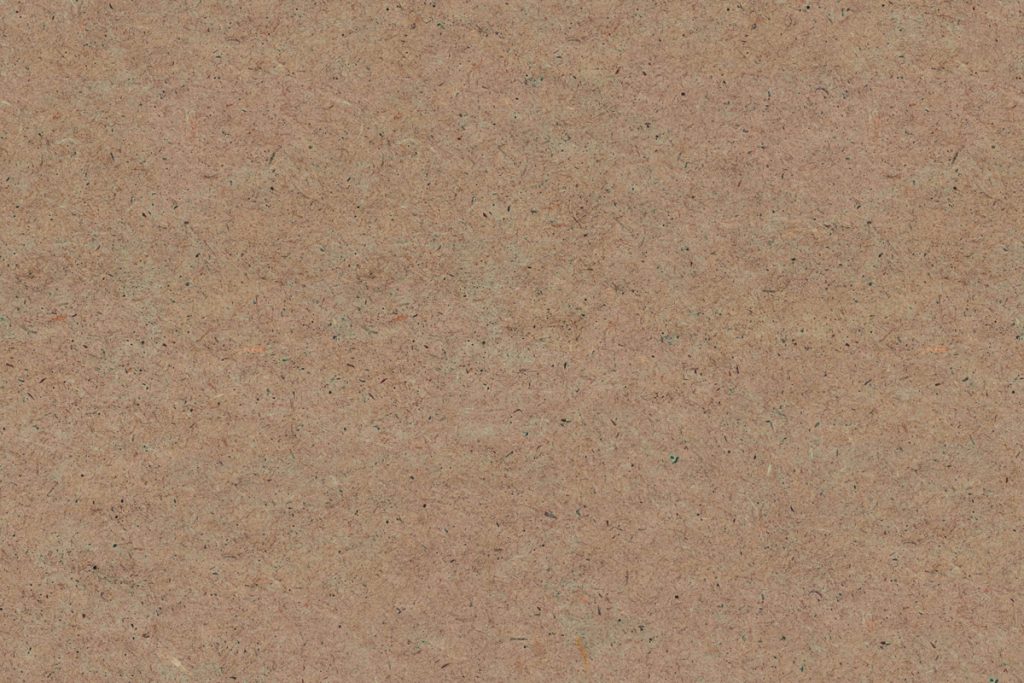
Foam Insulation
Foam insulation comes in two forms: open-cell and closed-cell. The thickness of the insulation will vary depending on the R-value needed for your particular home (determined by your city or locale). Foam insulation can cost anywhere from $1 to $1.33 per square foot.
Open-cell foam is filled with air (giving it a spongy texture), is less dense, and is usually less expensive than closed-cell. Closed-cell foam is a high-density with closed cells that are filled with gas. The agents used to make the foam can include polyurethane, phenolic, and/or polyisocyanurate.
Foam insulation can be installed by pouring, injecting, or spraying it into the designated areas and will typically require a trained technician to achieve the best results. It's often the most recommended insulation for attics as it can easily insulate irregular spaces, cracks, and small areas in an attic, allowing for thorough coverage.
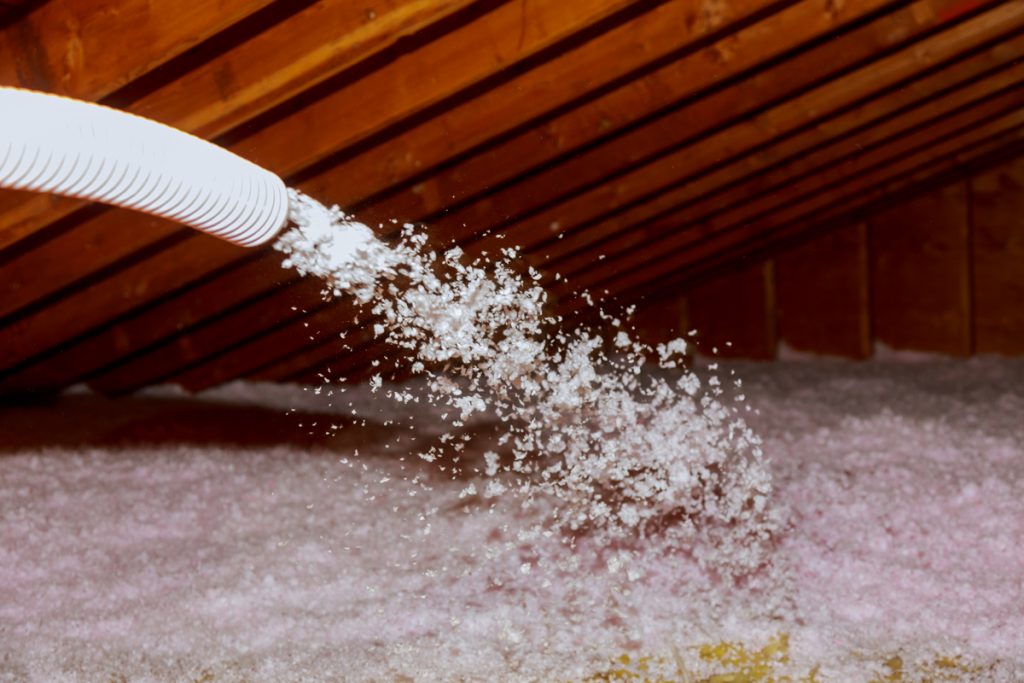
Structural Insulated Panels (or "SIPs")
Structural insulated panels consist of two to eight-inch thick, foam-based boards that are sandwiched between two pieces of structural facing materials, which is usually oriented strand board (or "OSB"). The panels can cost anywhere from $5 to $7 and are widely used when constructing roof underlayment, floors, ceilings, and walls.
For the most part, SIPs are made of polyisocyanurate foam or polystyrene, and they provide effective insulation and can offer anywhere from 10% to 15% in energy savings. The dimensions available for SIPs can vary, and they are typically cut using a circular saw. These boards are installed by stacking them side-by-side in sealing the gaps with thermal glue. It's recommended to have these boards installed professionally as they are fairly weighty and expensive to replace.
Glasswool
Glasswool insulation is a type of blanket insulation and has been around for quite some time. You can usually find it in your local home improvement store, and it can cost anywhere from $0.67 to $1.32 per square foot. The rolls usually range from two to five inches in thickness. Because, like fiberglass, they contain fine particles of glass material, they should always be handled with thick protective gloves and other protective gear (they're known for causing itchiness and skin irritation).
The fabric is very durable and robust, offering many years of quality insulation for your roof as well as other areas of your home. Being that it is blanket insulation, installing it is a pretty straightforward process, only requiring the pieces to be laid down between the attic's structure. Glasswool is a non-combustible material and one of the most effective ways to insulate your roof for the money.
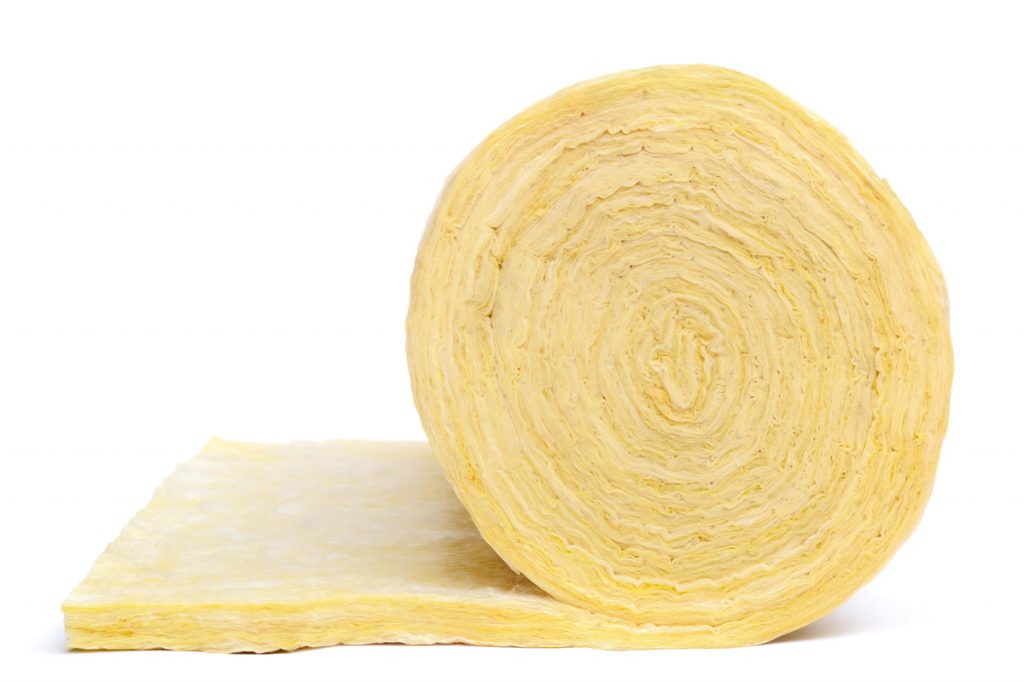
Polyester
Polyester is a type of blanket insulation that can effectively keep your roof protected throughout the year. You can usually find it priced anywhere from $0.80 to $1.00. And it's typically available in rolls that are anywhere from 2- to 4-inches thick. It consists of a synthetic product made from recycled plastics.
Both durable and strong, it's likely that it may outlast other types of insulation materials. Polyester insulation is non-toxic, non-allergenic, and an overall environmentally-friendly insulation choice. It can be installed easily by laying the batts or rolls (cutting it as needed to fit) in-between the studs and joists.
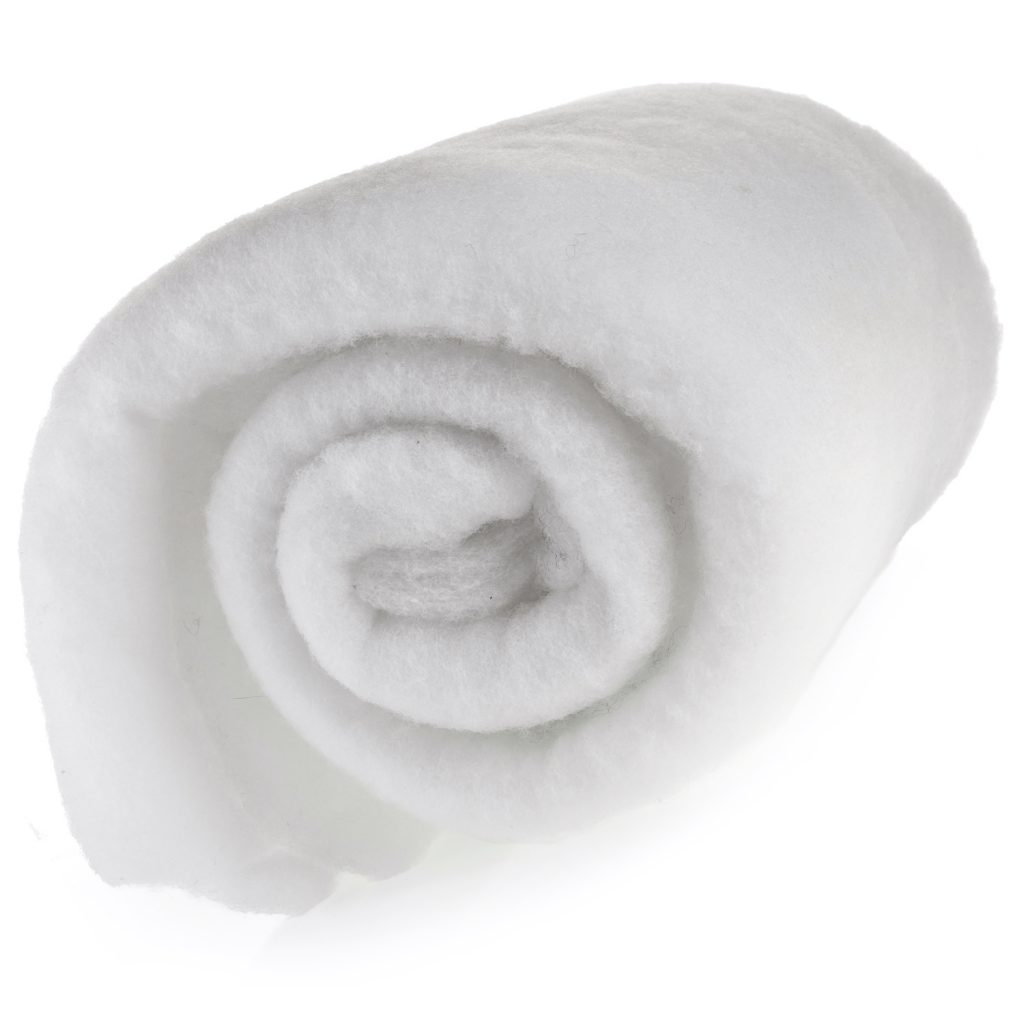
Cellulose
Cellulose is a type of blown-in insulation. You can find it in your local home improvement store at prices anywhere from $1.10/square-foot to $2.15/square-foot. It typically comes in a thickness of R 3.0 to 3.5 per inch. This type of insulation is mostly comprised of recycled paper (by at least 80%) and can be blown in either dry or wet.
It's usually also treated with sulfate, Borax, or boric acid to reduce possible mold growth, increase fire-resistance, and minimize pest infiltration. Cellulose can be a great option for attics, as it can allow for complete coverage of small spaces, cracks, and gaps.
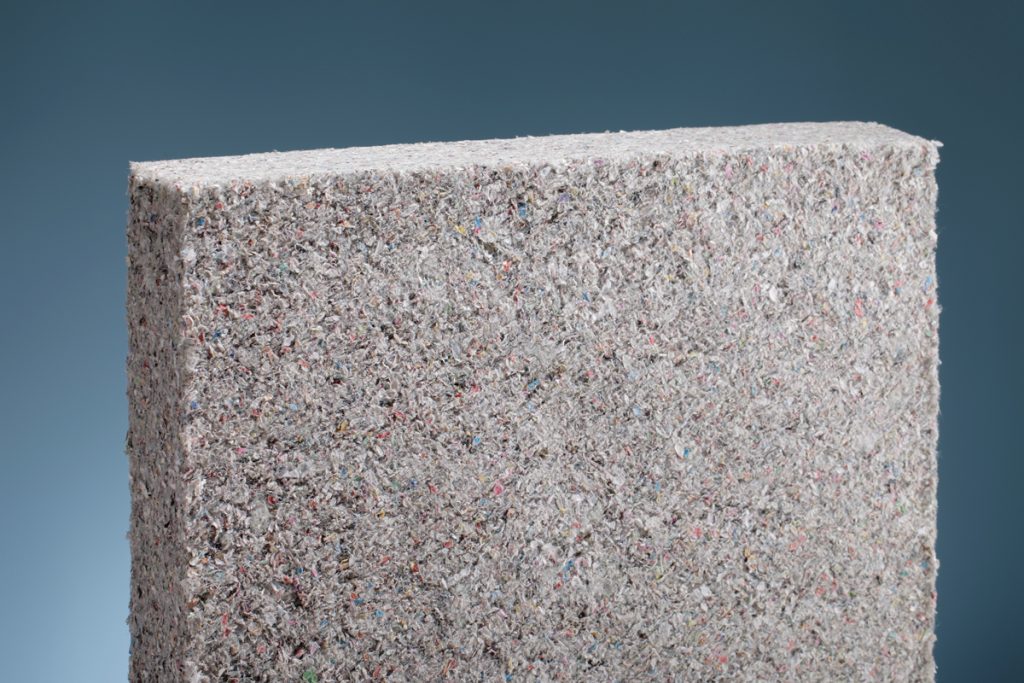
Rockwool
Rockwool, also known as "mineral wool" or "stone wool," is a type of insulation made from chalk and natural basalt rock. It will typically run anywhere from $0.60 to $0.70 per square foot in most hardware stores. It's sold in two to five-inch thick slabs about 2-feet by 5-feet, and one package can include anywhere from 5 to 20 slabs.
Rockwall is also used as an efficient sound-proofing material in apartments, music studios, and professional buildings. It's non-toxic, non-combustible, moisture-resistant, and can withstand temperatures over 900-degrees Fahrenheit. Rockwool is fairly easy to install, only requiring the pieces to be physically placed in their designated areas. It can easily be cut to fit using a serrated knife or quality utility knife (so it's DIY-friendly).
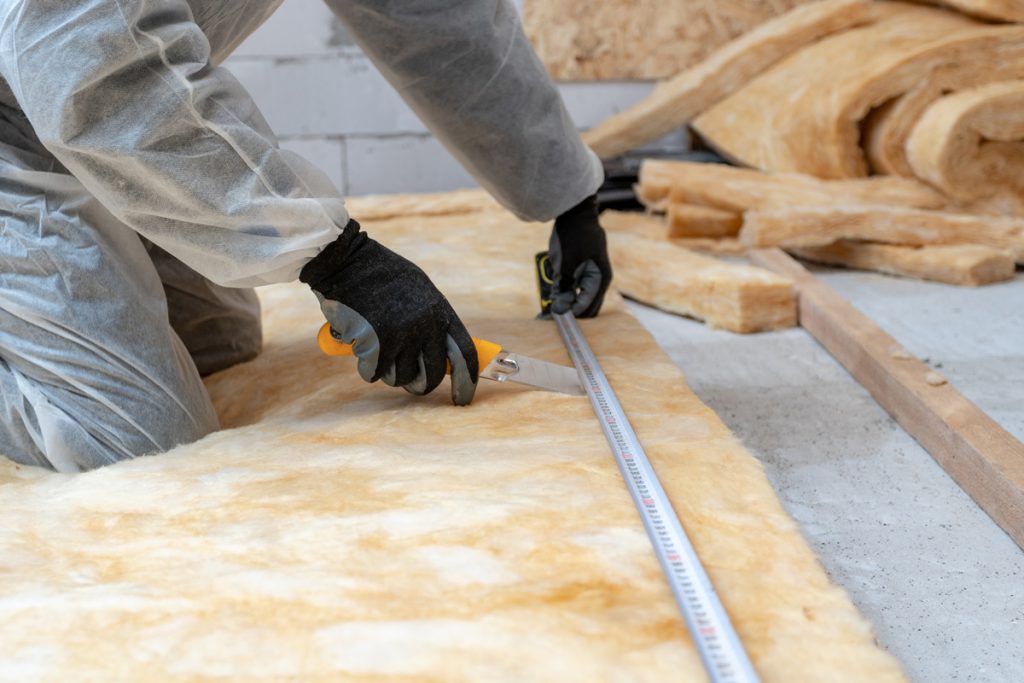
Sheep’s Wool
Another type of blanket insulation that you may not hear as much about is sheep's wool. It typically costs anywhere from $0.67 to $0.96. It's made from sheep's wool fibers and is usually found in batts or rolls that are two to four inches thick. In works similar to other insulation materials, by trapping cold or hot air between its fibers, preventing it from reaching the home's interior.
Sheep's wool is biodegradable, non-combustible, and has great sound-absorption qualities. A couple of its biggest advantages is that it can last the entire lifetime of a home, and it doesn't take much to install. You simply lay it down as you would other types of blanket insulation.
Wrapping Things Up
Every roof insulation material has its advantages and disadvantages, so it's beneficial to know the scope of your roof insulation needs and then determine which product will work best for you.
Before you go, be sure to check out our other posts:
https://hvacseer.com/insulate-garage-cheaply/
https://hvacseer.com/electric-fireplace-give-off-heat/


